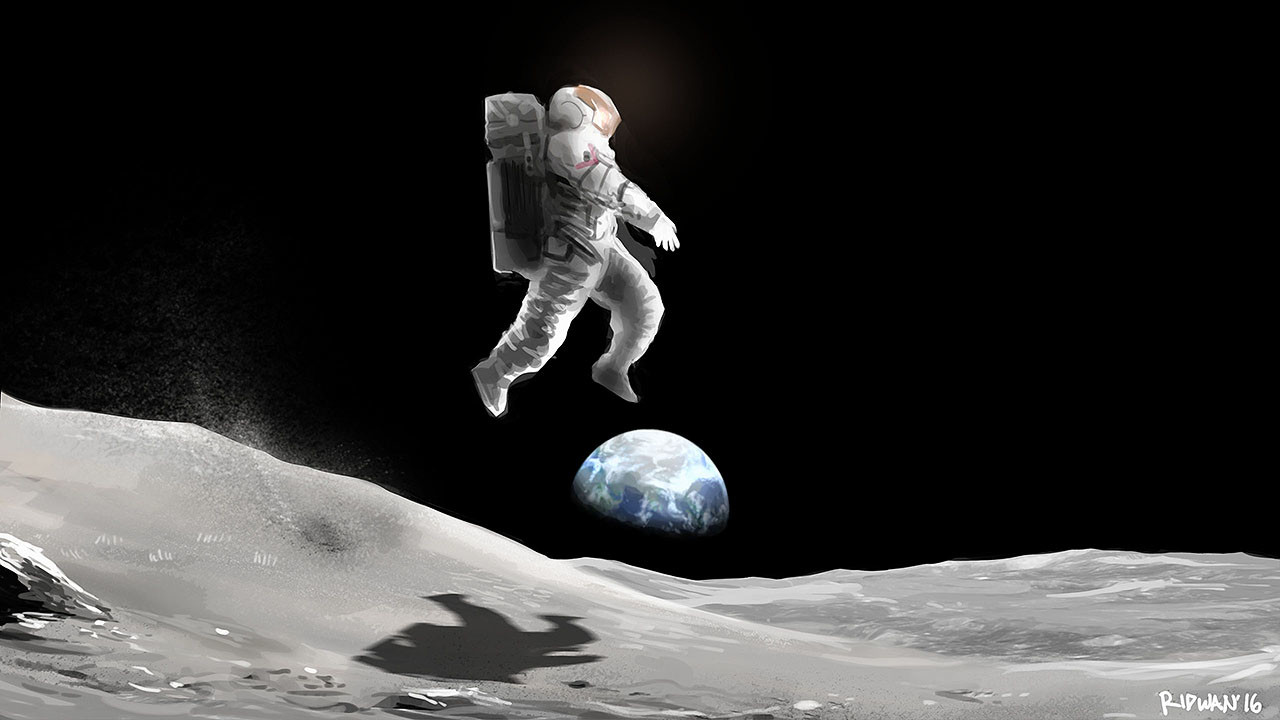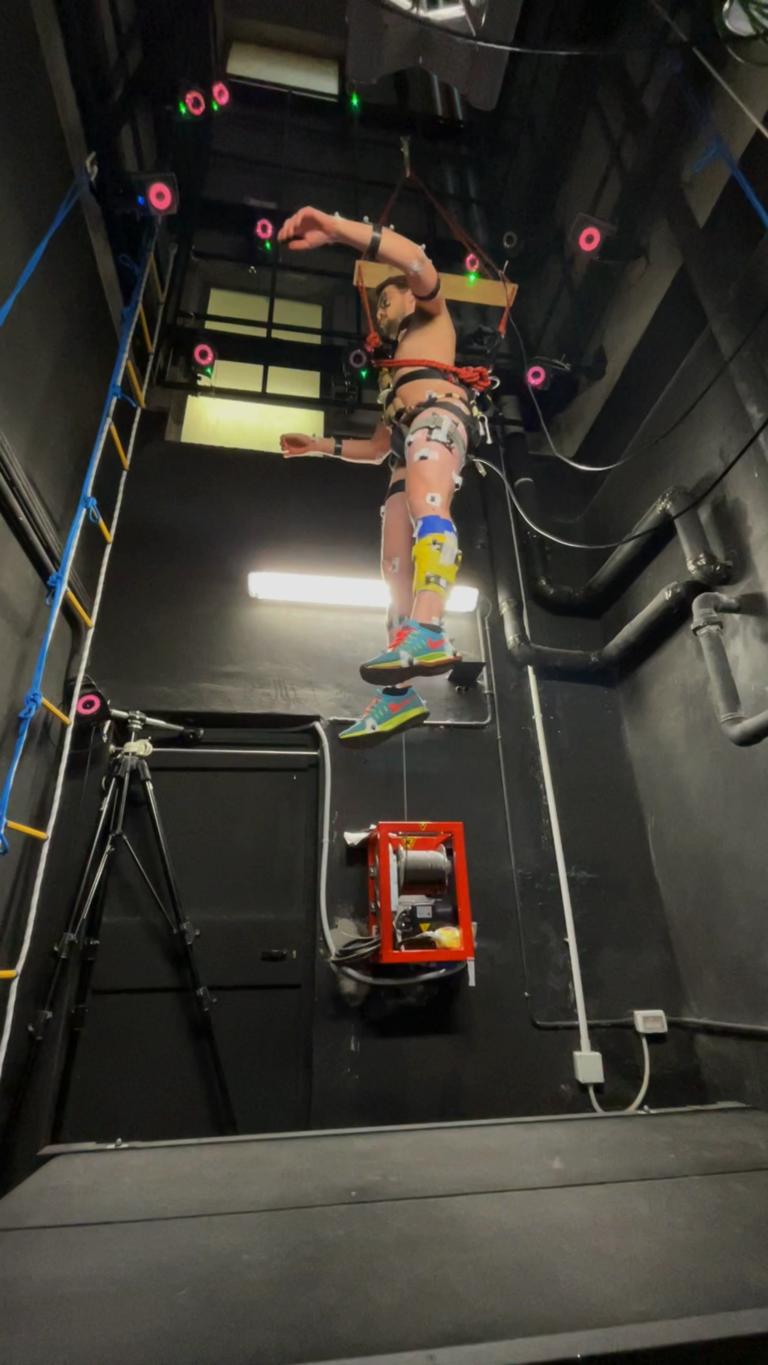Scientists of the European Space Agency are studying the effect of reduced gravity on the human body on Earth. They are not only trying to understand what health problems may occur on the Moon, but also trying to find a way to prevent them.

Low Gravity Impact Research Program
The European Space Agency (ESA) is seriously considering sending people to the Moon. But there is one important problem connected with this. On the Moon, gravity is six times less than the earth’s, and it is not known for certain how a long stay in it affects the human body.
Low gravity is also called hypogravity. It is a similar phenomenon, but still different from total weightlessness. The negative impact of the latter on the human body has been well studied and it significantly limits the time people stay in orbit.
Hypogravity may theoretically be less harmful, but its study on Earth is extremely complicated. But ESA still tried to solve it within the framework of the “Motion in Low-Gravity Environments” (MoLo) program.
Experimental studies
One of the main scientific laboratories that MoLo relies on is the “Locomotion On Other Planets” facility located in Milan. This is a 17-meter pillar equipped with a system of suspensions resembling bungee jumping equipment. Thanks to it, European astronauts can feel not only walking in the conditions of lunar gravity, but also jumping with it.

The second component of the research program relies on jet aircraft flying a parabolic trajectory. It’s very similar to creating artificial weightlessness, only the trajectory is not so steep.
Of course, at the same time, the participants of the experiment are literally hung with various sensors that record changes in their biological parameters. Next, scientists only have to extrapolate the data for months ahead to understand what the astronauts will have problems with.
Jumping on the Moon
One of the questions of interest to researchers is how low gravity affects the sense of balance. In zero gravity, the understanding of where the top is and where the bottom disappears completely. But regarding the case when gravity is there, but very weak, scientists are still not sure, perhaps it is jumps with reduced gravity that can give an answer to this question.
Another important topic is the condition of astronauts’ bones. With low gravity, calcium is washed out of them and they become brittle. But it is quite possible that physical exercises can prevent this. Scientists do not yet have a consensus on how intense they should be.
Someone notes that some long and regular walks on the Moon will be able to maintain the bones in proper condition. Others believe that jumping can be the kind of activity that will help astronauts maintain their health.
According to phys.org
Follow us on Twitter to get the most interesting space news in time
https://twitter.com/ust_magazine

